Museum of the American Revolution
Cara O'Donnell Fall 2017
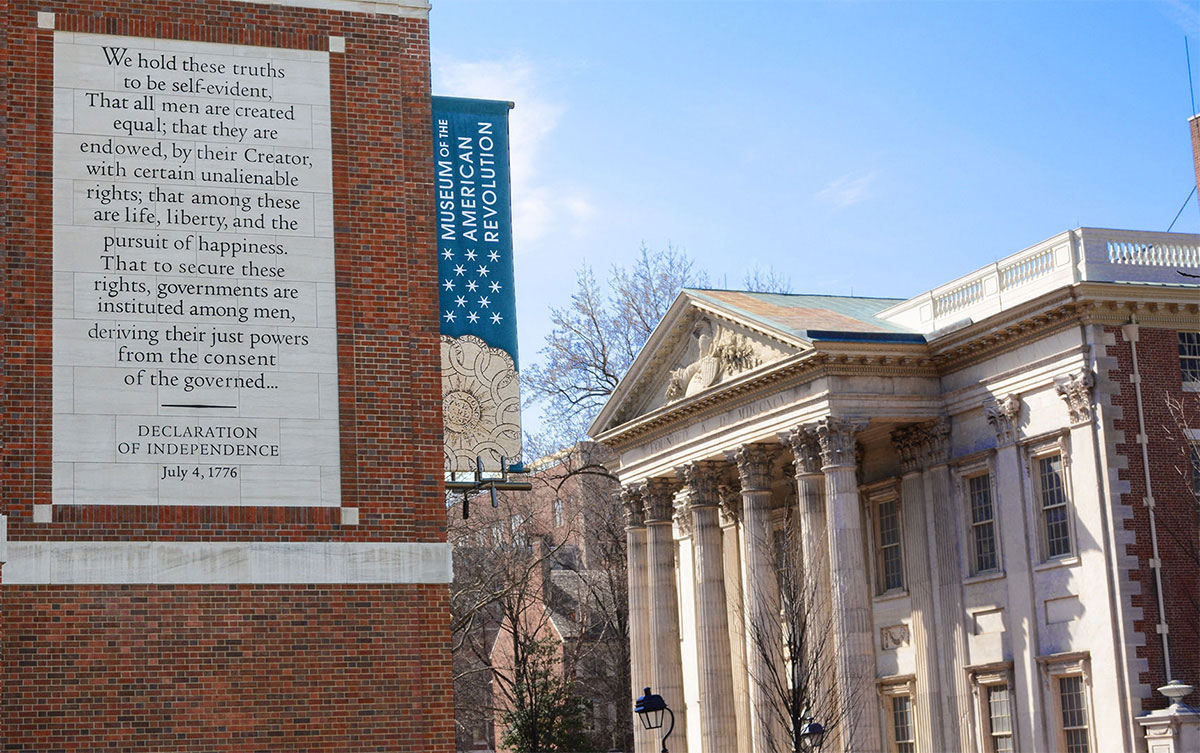
If your childhood was anything like mine, you spent junior high field trips scouring the fields and peeking inside the log cabins of Valley Forge or standing in line to view Independence Hall. Students on field trips, as well as millions of visitors from around the globe, still do that to this day. But, while these places focus their educational experience on the negotiations, the battles, and the points of view that ultimately shaped the nation’s history, the new Museum of the American Revolution paints a slightly different picture. This museum showcases the hardships and the plights of the young soldiers and idealists who became the Revolutionaries. It looks beyond the history books at the sheer desperation that led Colonists, many without military training, to take up arms against the British and begin their fight for independence.
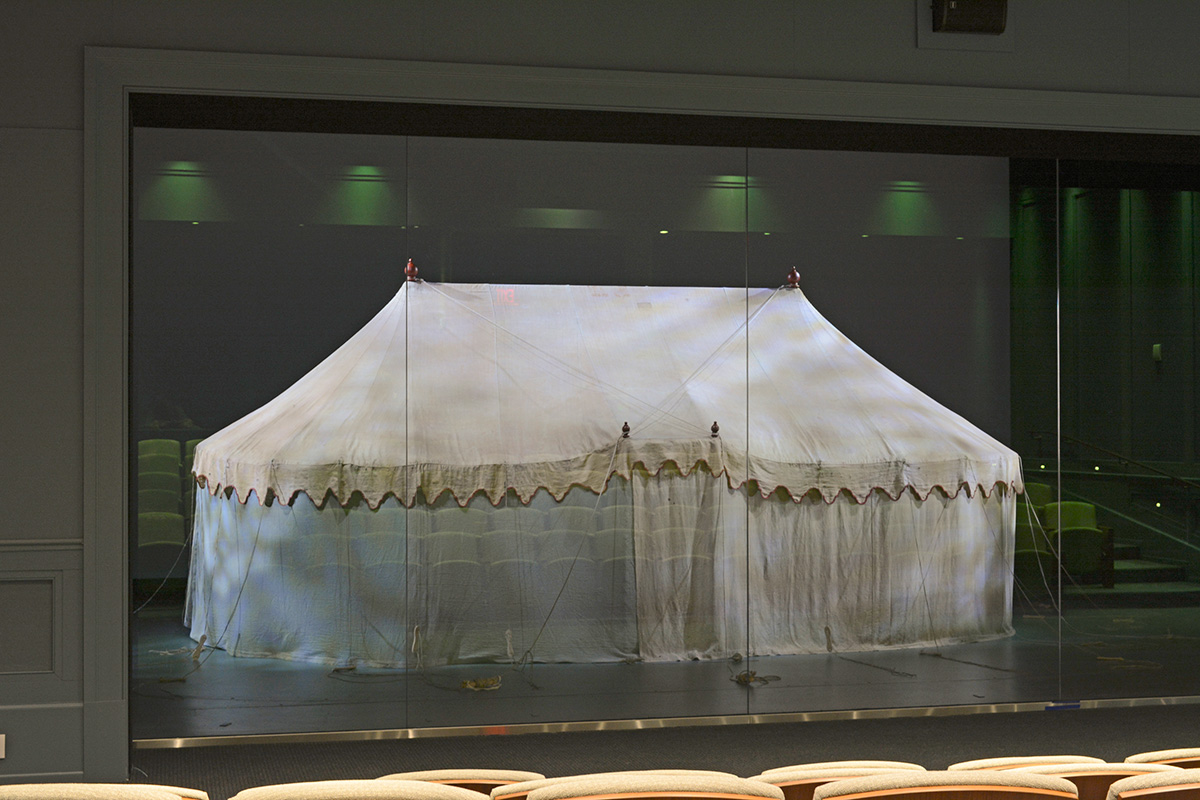
One of the most dramatic portions of the museum is Gen. George Washington’s Headquarters Tent, which served as his office and sleeping quarters throughout the Revolutionary War, including during the harsh winter at Valley Forge. Called “the first Oval Office” by some historians, the tent was eventually acquired by Martha Washington’s grandson, George Washington Parke Custis, and was stored at his Virginia estate, Arlington House, until it was seized by federal troops at the start of the Civil War. It remained in federal possession for 40 years before it was returned to the family and eventually put up for sale, where it was purchased by an Episcopal minister as the first acquisition toward a collection to tell the story of the nation’s founding. A century later, that collection is now the Museum of the American Revolution.
However, the tent, now visible in its entirety early on in the museum after screening a short film telling its history, is just the beginning of what is shared at the Museum of the American Revolution. The museum features several thousand Revolutionary-era artifacts, including weapons, art, and personal items, all of which were once the collection of that Episcopal minister from the Valley Forge area. On display is Washington’s own 13-star flag, known as the Commander-in-Chief’s Standard, which once was used to mark Washington’s presence on and off the battlefield. There are soldiers’ canteens and other drinking vessels and a Minuteman’s musket. Also on display is the first newspaper printing of the Declaration of Independence in the Pennsylvania Evening Post. These and other artifacts help tell the story of the aspirations of liberty that led to the American Revolution.
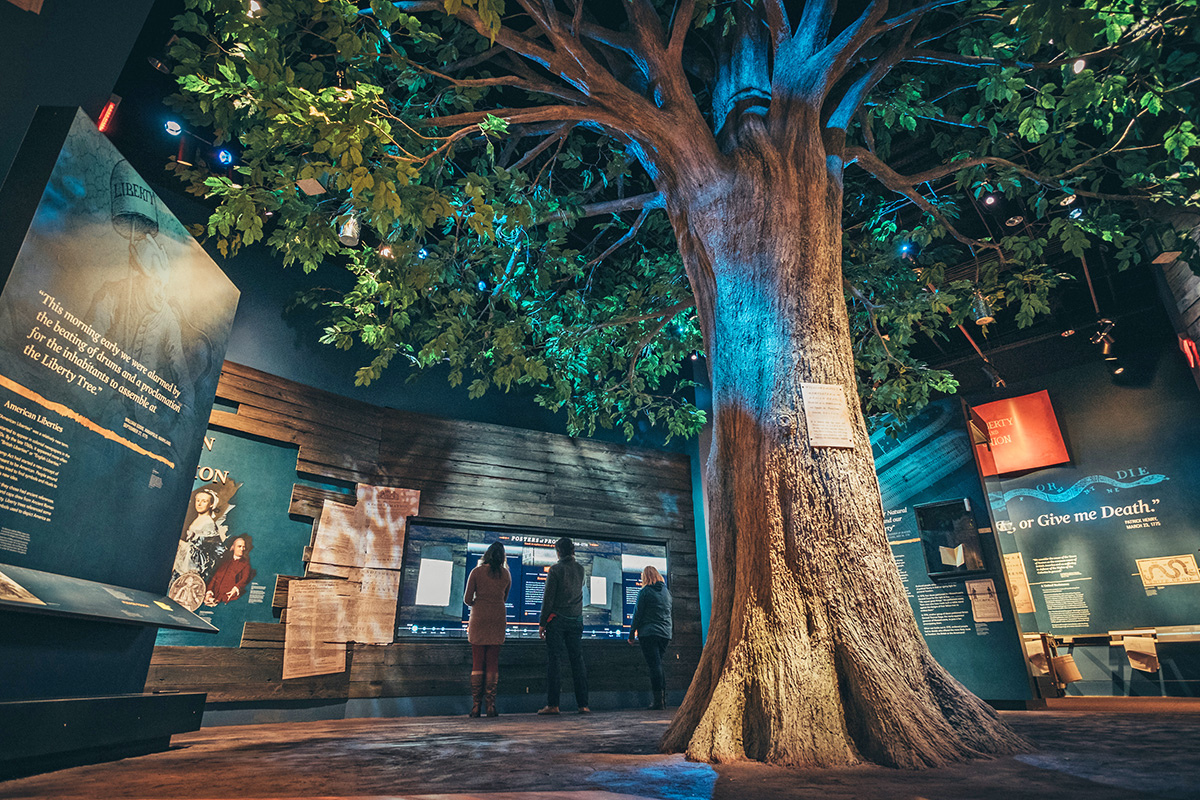
But there is another aspect to the museum. Here, visitors have the chance to immerse themselves in the experiences of the era and learn the personal struggles and strife of the men and women who would become the Revolutionaries. The two-story Liberty Tree, a replica of the tree where Colonists first gathered to organize a revolt against the British, lets visitors share the experience that Colonists had so many years ago. The Battlefield Theater allows visitors to get a feel for what it was like on the front lines of the Continental Army as it faced an attack by British soldiers. There is even a replica of an 18th-century privateer ship.
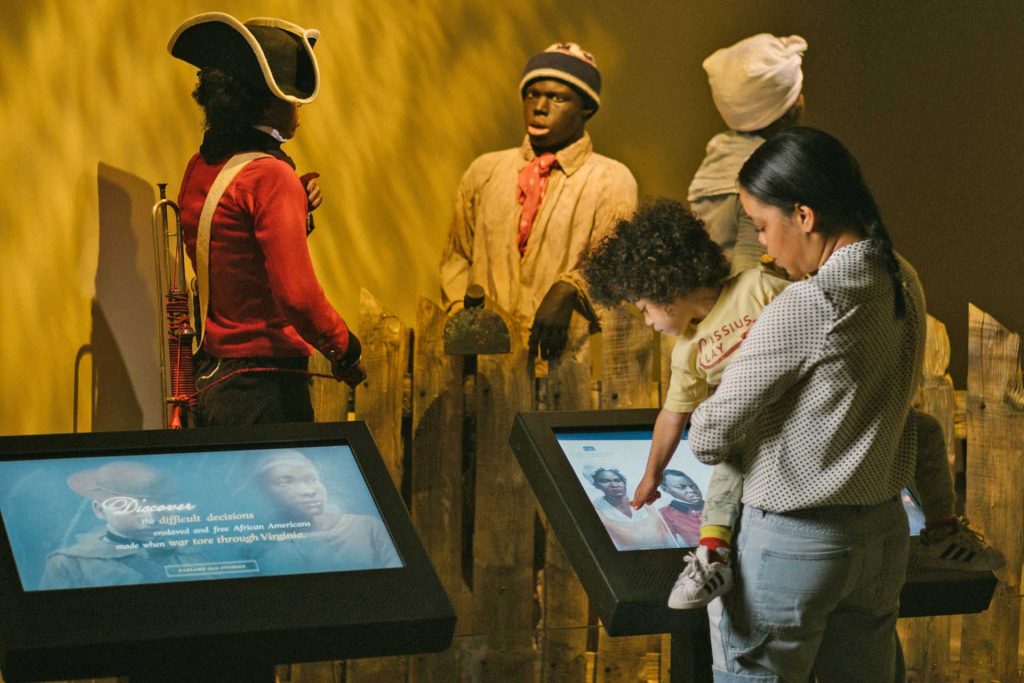
One important story of the American Revolution is some Revolutionaries’ desire to end slavery. While some may think that effort began just prior to the Civil War many years later, it was a motivator for many during the American Revolution as well. Throughout the Museum of the American Revolution, visitors can learn more about this story. In one gallery, an interactive touchscreen allows visitors to explore the different experiences of enslaved African-Americans in Virginia in 1781 as they sought different paths to freedom. There are personal items as well; from a set of slave shackles so small they most likely were meant for a child to a pair of earrings that once belonged to an enslaved woman working at George Washington’s Mount Vernon estate.small they most likely were meant for a child to a pair of earrings that once belonged to an enslaved woman working at George Washington’s Mount Vernon estate.
The dramatic story of America’s founding is not a new one for Philadelphia. Neighboring sites ranging from the Liberty Bell and Independence Hall to Ben Franklin Museum and the National Constitution Center have interpreted the actions of that time for years. However, the addition of the Museum of the American Revolution helps visitors explore a more complete, more personal side of the events that led to the nation’s independence. The thousands of artifacts and interactive experiences bring to life the people and ideas that helped to create that independence and showcase how the actions and ideals of years ago are still relevant today. At the conclusion of the visit, visitors are asked to reflect on their new knowledge of the struggle for democracy and the continuing relevance of the themes of liberty and equality.
The Museum of the American Revolution is located at 101 S. Third St., Philadelphia. The museum is open daily with the exception of Thanksgiving, Christmas, and New Year’s Day. Admission is $19 for adults; $17 for seniors, as well as college students and active/retired military with ID; and $12 for children age 6 and up. Children age 5 and under are admitted free. For more information, visit www.AmRevMuseum.org.

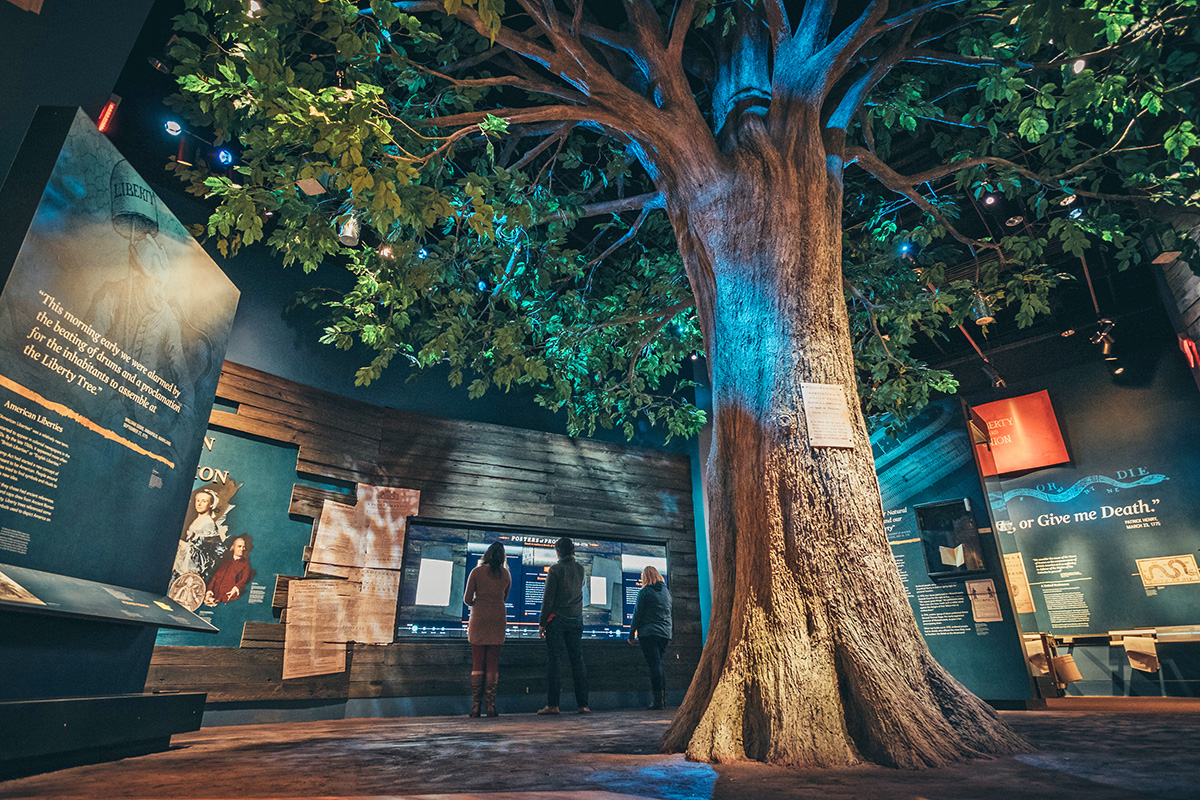
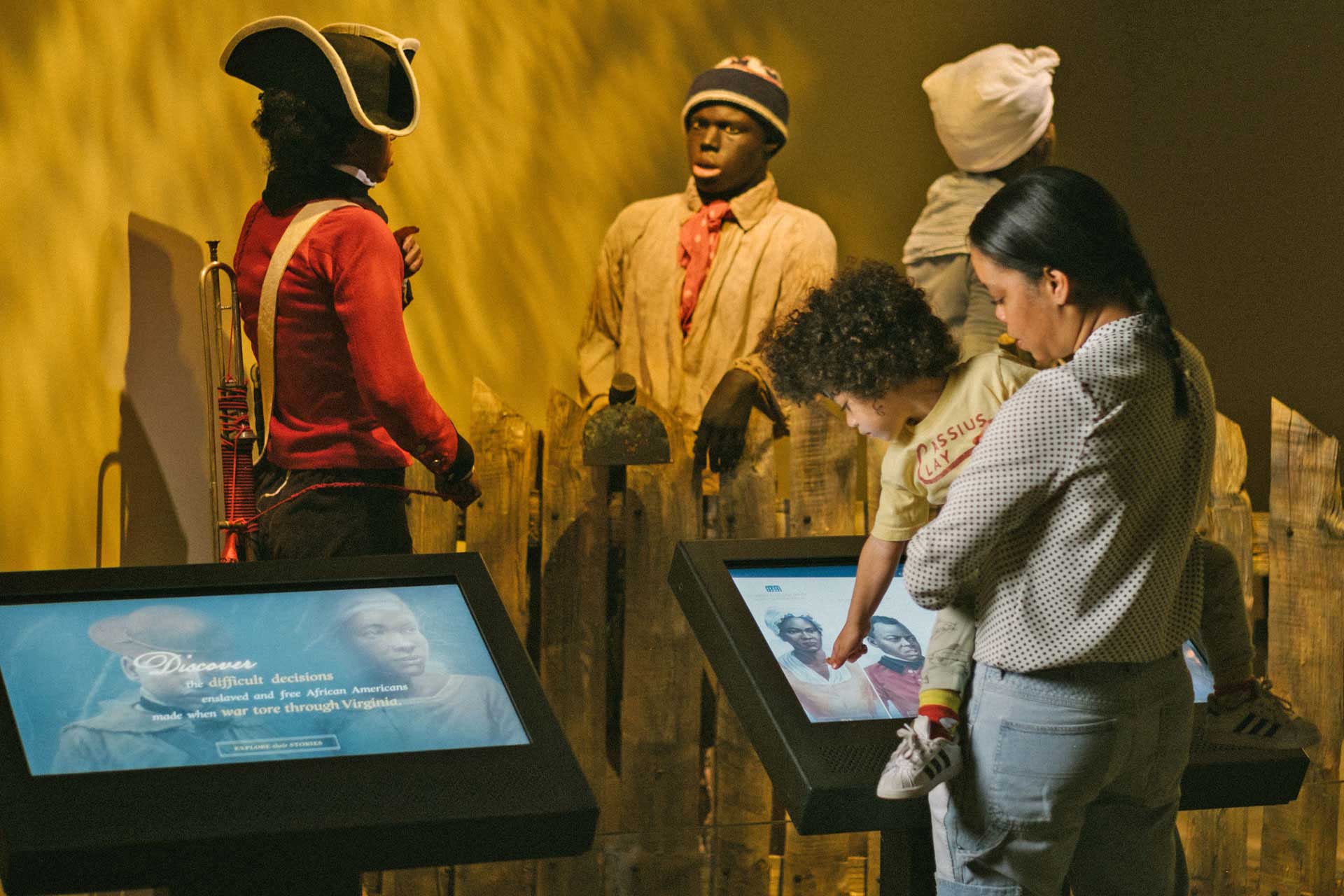


SHARE
PRINT